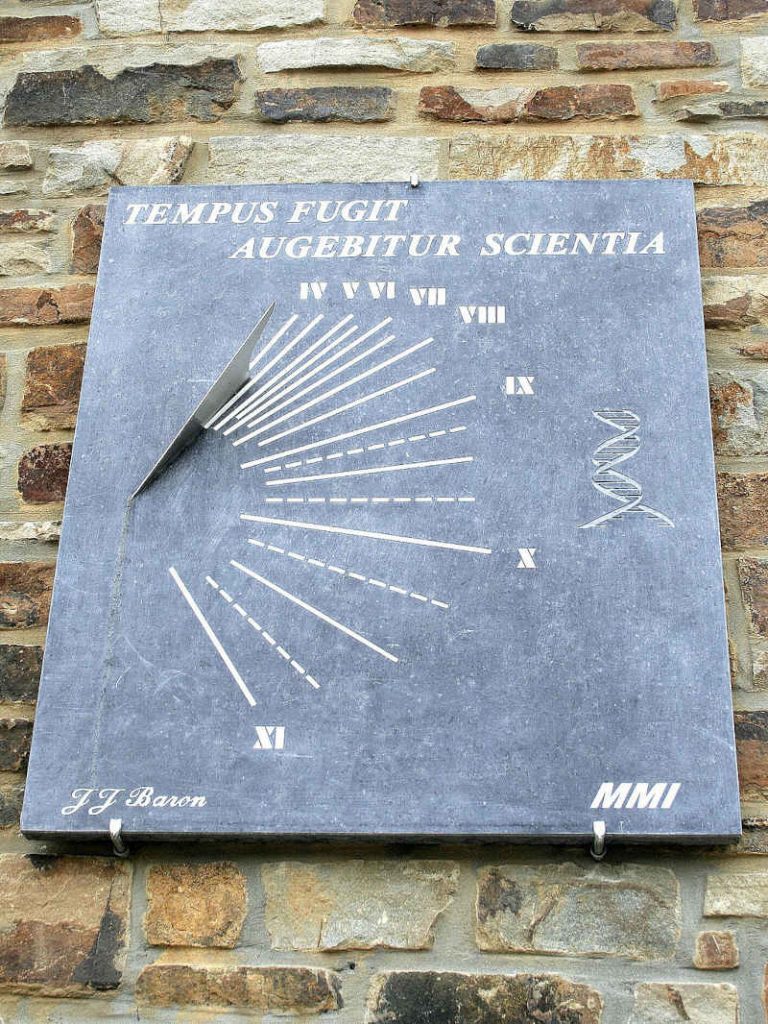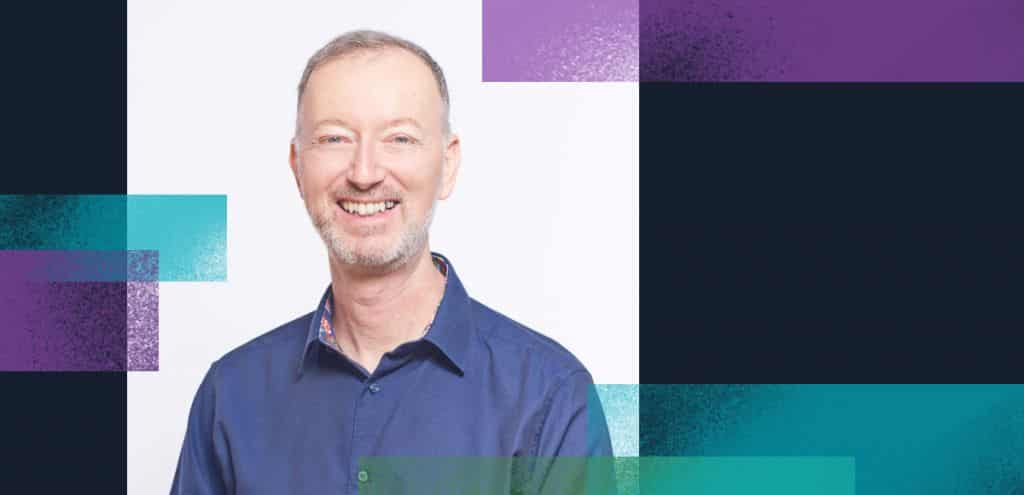Newsletter Signup - Under Article / In Page
"*" indicates required fields
Biotechnology has the power to tackle global threats such as pandemics and climate change, but antiquated experimental and data collection methods are holding it back. Guy Levy-Yurista, CEO of the experiment platform developer Synthace, explains how cloud computing could accelerate the efforts of biotech companies to solve the big problems.
There is a sundial in Redu, a sleepy village in rural Belgium, that is a warning to us all. Next to an engraving of DNA’s familiar double helix, the words “tempus fugit, augebitur scientia” are carved in stone. Translated, it tells us that as time flies, knowledge will increase.
It is an optimistic sentiment, but it is also a warning. Yes, we will grow in our knowledge of the world around us as time goes on, but the question that follows, at least for me, is: how fast will that happen? Perhaps the current answer to that is “not fast enough.”
Here’s another way to ask the same question: is science going to reach its true potential before the end of this decade? My answer: only if we set it free. We have to find a way to unleash science from everything that holds it back in order to address a multitude of crises facing society, including antibiotic resistance, pandemics, and climate change.
And make no mistake, the challenge ahead of us is massive. Ours is an industry under incredible, accelerating pressure to tackle biological complexity, move faster to scientific insight, and improve data reproducibility. But we must fight against the old, difficult ways of doing things; the legacy technology and processes that can suffocate the discoveries we know are within arm’s reach.
If you don’t believe me, ask yourself: among all of these challenges, are our biologists empowered to work in the best way possible? Right now, I would say it is the opposite. Researchers are limited by the need to be in one place — in the lab — tethered to their lab station and looking after demanding equipment that traps them in a vicious cycle of menial tasks. Science is too often fixed in one location and held hostage by limits that we, as mere humans, have placed upon it.
Why is this? Too much friction exists between the biologist and the science they want to do. Too much relies on manual intervention, which introduces error and strangles progress. If we want to deliver better drugs, better biotech, better climate tech, better food tech, then we have to find a way to reduce that friction by removing our dependence on manual involvement. We have to uncouple the imagination and the creativity of our best minds from the limitations of the physical spaces that we depend on right now. And the clock is ticking.

The solution is all around us: the cloud. We have to leverage next-generation, cloud-based automation technologies by fixing the missing link between those technologies and the physical world itself. To make this connection, we need a reliable way to represent biological work with code. If we can do this we can then represent experiments themselves in a digital format. Better yet, we can digitalize, and therefore unleash, science itself.
When we can do that, the connections to every other digital medium open up. The true power of artificial intelligence, machine learning, and eventually quantum computing become available for the life sciences, enabling the realization of its full potential.
‘Representing experiments with code’ is easier said than done though. It doesn’t just happen overnight. Who should write this code? Is it the biologists? Do we ask them to become computer scientists? No, this would be a tragic mistake. Biologists don’t want to spend their time coding; they want to spend their time doing science.
At the most basic level, scientists need tools that reduce the steps between them and the goals they’re going after in their experiments. The tools should be intuitive, letting researchers guide themselves towards what they want to achieve, suggesting templates to save time, and helping them discover new and creative ways to do their work. Even better, they should help them produce the highest quality data that is primed for cloud computing and every other technology that can be connected to it.
While there are many platforms currently helping to digitize the record-keeping or purely automation-based elements of the experimental process, we’ve seen very few others moving into the experiment digitization space in the same way we have. Translating modular experiments into automation instructions, the platform our company is building bridges a yawning gap between experimental design and the context-rich data scientists need to move forward.
Every scientist is driven by the desire to find solutions to humanity’s hardest problems. Right now, they’re rarely given the best environment to translate their boldest ideas into scientific reality. Soon this is all going to change. Armed with next-generation, cloud-native technology, they will solve humanity’s most pressing problems at speed.
To quote the poet E.E. Cummings, “all ignorance toboggans into know.” The joy of scientific discovery is one that should be encouraged, empowered, and pursued with the strongest of intents. But the clock is still ticking. Tempus fugit.
Guy Levy-Yurista has been CEO of Synthace since May 2021. He has over 20 years of experience in strategy, marketing, and product leadership positions in startups and Fortune 500 companies.
Cover image via Elena Resko. Inline image via Jean-Pol GRANDMONT via Creative Commons.






